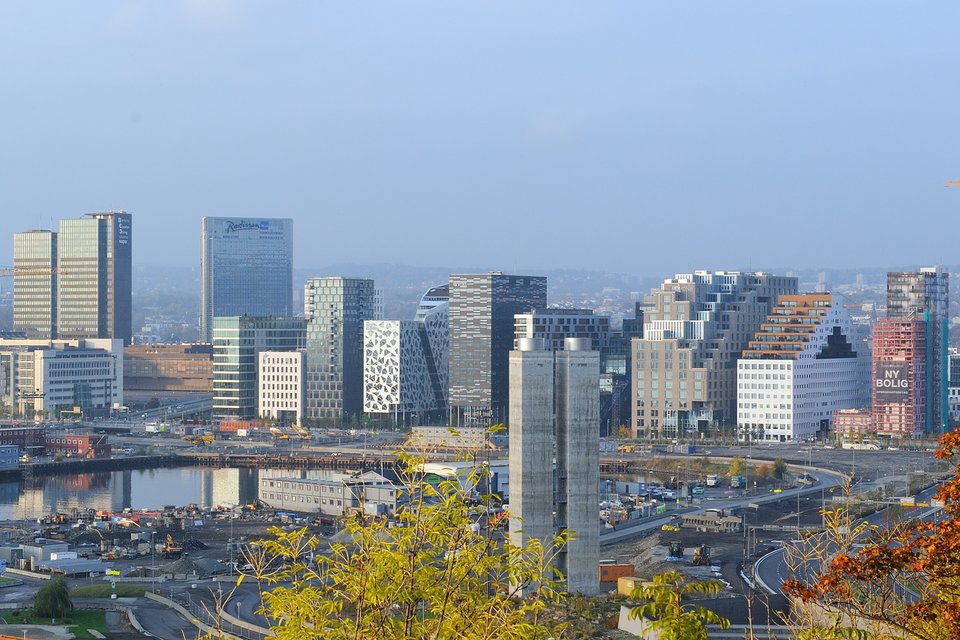
Photo: rsz_oslo_-_tim_adams
New Urban Mobility Index released
26 April 2017
by Nick Michell
Qualcomm Technologies, Inc. has sponsored an Urban Mobility Index, created by the Centre for Economics and Business Research, an independent economics and business research consultancy, to calculate where the world stands on the road to sustainable urban mobility.
The index tracks the progress of 35 major cities from around the world in their efforts to reduce emissions and asks: which will be the first city to fully eliminate emissions from public and private transport?
“City leaders have a growing sense of responsibility around the long-term effects of air pollution,” said Graeme Davison Vice President Business Development & Marketing, Qualcomm Technologies, Inc. “National leaders have made commitments to reducing CO2 emissions through The Paris Agreement signed in 2015. The ultimate goal is to create a city where millions of people can travel quickly, efficiently and without any harm to the environment or citizens–a zero emissions transport solution.”
There are now 28 mega cities with populations of 10 million or more and an additional 13 cities are expected to evolve into mega city status by 2030. Rapid growth is putting huge pressure on transport networks. Roads are more congested, buses and trains more crowded, journeys take longer. If cities are to keep growing, leaders must ensure citizens are able to travel freely and easily.
The Index found that Oslo is set to be the first city to cut all emissions from its transport network–closely followed by other European cities such as London and Amsterdam. Their position as leaders stems from common traits in their commitment to the zero emissions agenda and a holistic approach to achieving it. Citizens are encouraged to travel via more environmentally friendly transport like electric vehicles and green public transport via a range of incentives, penalties and investment in making alternatives practical options compared to polluting vehicles.
“The research makes clear that though it’s impossible to say exactly what the first zero emissions city will look like, with so many approaching the goal there are many key learnings that can be shared,” added Davison. “Its leaders will have to be fully committed to change. It will invest heavily in sustainability. It will use evolving technology like driverless cars and electric vehicles, alongside the public and private infrastructure to make using them practical. Most of all, it will have citizens that embrace alternative, sustainable transport.”
According to the study, Asian cities including Tokyo, Beijing, Shanghai and Singapore are the most ambitious in the solutions they imagine and are investing heavily in visionary technologies, but are facing huge challenges to reduce their current high levels of congestion and pollution.







